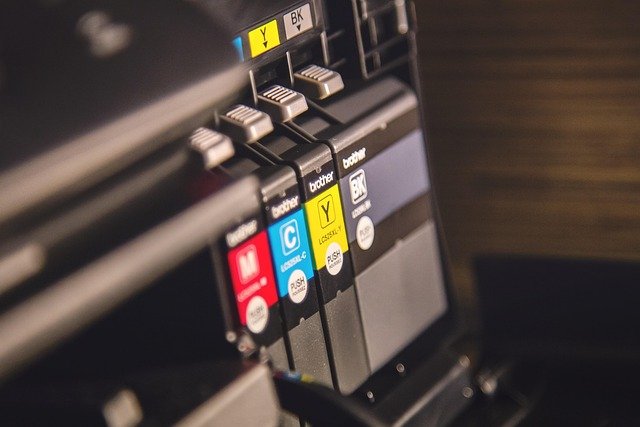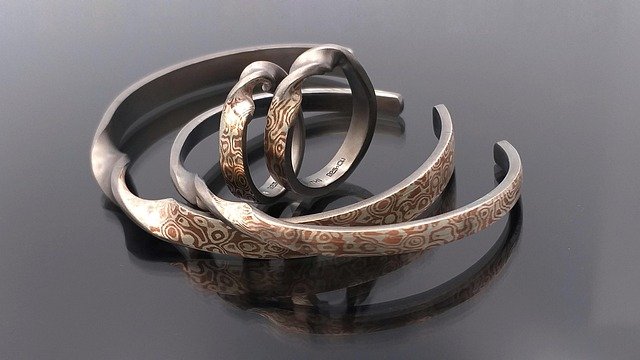Direct-to-Film Printing Technology Guide
Direct-to-Film (DTF) printing is a revolutionary technology that has transformed the custom apparel and textile printing industry. This innovative method allows for high-quality, vibrant designs to be transferred onto various fabrics and materials with ease. As businesses seek efficient and cost-effective printing solutions, DTF has emerged as a popular choice for both small and large-scale operations.

What is Direct-to-Film (DTF) Printing?
Direct-to-Film printing is a process that involves printing designs onto a special film using water-based inks. The printed film is then coated with a powder adhesive and heat-pressed onto the desired fabric or material. This technique offers several advantages over traditional printing methods, including versatility, durability, and the ability to produce intricate designs with vibrant colors.
How Does DTF Printing Work?
The DTF printing process consists of several key steps:
-
Design Creation: The artwork is prepared using graphic design software.
-
Printing: The design is printed onto a special transparent film using DTF-specific inks.
-
Powder Application: A hot-melt adhesive powder is applied to the printed film.
-
Curing: The film is heated to melt the adhesive powder.
-
Transfer: The film is placed onto the fabric and heat-pressed to transfer the design.
-
Peeling: Once cooled, the film is peeled away, leaving the design on the fabric.
This process allows for high-quality prints on a wide range of materials, including cotton, polyester, blends, and even some non-textile surfaces.
What Are the Advantages of DTF Printing?
DTF printing offers several benefits that make it attractive for businesses:
-
Versatility: DTF can print on various fabrics and materials, including dark and light-colored garments.
-
Durability: The prints are resistant to washing and wear, maintaining their quality over time.
-
Eco-friendly: DTF uses water-based inks, making it a more environmentally friendly option compared to some other printing methods.
-
Cost-effective: For small to medium runs, DTF can be more economical than traditional screen printing.
-
Detail and Color: DTF allows for intricate designs and vibrant colors, including gradients and photorealistic images.
What Equipment is Needed for DTF Printing?
To set up a DTF printing operation, businesses need specific equipment:
-
DTF Printer: A specialized printer designed to work with DTF inks and films.
-
Heat Press: Used to transfer the design from the film to the fabric.
-
Shaker: For applying the adhesive powder evenly to the printed film.
-
Oven or Curing Unit: To melt the adhesive powder before transfer.
-
DTF Inks: Special water-based inks formulated for use with DTF printers.
-
DTF Films: Transparent films designed for the DTF printing process.
-
Adhesive Powder: Hot-melt powder that bonds the ink to the fabric.
DTF Printers: Options for Small Businesses
For small businesses looking to invest in DTF printing technology, several printer options are available. When selecting a DTF printer, consider factors such as print speed, maximum print size, and overall build quality. Here’s a comparison of some DTF printers suitable for small businesses:
| Printer Model | Print Size | Print Speed | Key Features | Cost Estimation |
|---|---|---|---|---|
| Epson F2100 DTF | 16” x 20” | Up to 15 dark garments/hour | High-quality output, reliable performance | $15,000 - $20,000 |
| Ricoh Ri 1000 DTF | 14” x 18” | Up to 20 dark garments/hour | Compact design, user-friendly interface | $12,000 - $16,000 |
| Brother GTX DTF | 16” x 21” | Up to 25 dark garments/hour | Fast print speeds, industrial-grade build | $18,000 - $22,000 |
| DTF Magic 600 | 23.6” x 31.5” | Up to 30 dark garments/hour | Large print area, high production capacity | $25,000 - $30,000 |
Prices, rates, or cost estimates mentioned in this article are based on the latest available information but may change over time. Independent research is advised before making financial decisions.
Maintaining DTF Printing Equipment
Proper maintenance is crucial for ensuring the longevity and optimal performance of DTF printing equipment. Regular cleaning of the printer heads, proper storage of inks and films, and timely replacement of consumables are essential practices. Additionally, following the manufacturer’s guidelines for calibration and software updates will help maintain print quality and efficiency.
In conclusion, Direct-to-Film printing technology offers a versatile and efficient solution for businesses in the custom apparel and textile printing industry. With its ability to produce high-quality, durable prints on a variety of materials, DTF has become an increasingly popular choice for both small and large-scale operations. By understanding the process, equipment requirements, and maintenance needs, businesses can make informed decisions about incorporating DTF printing into their production capabilities.




